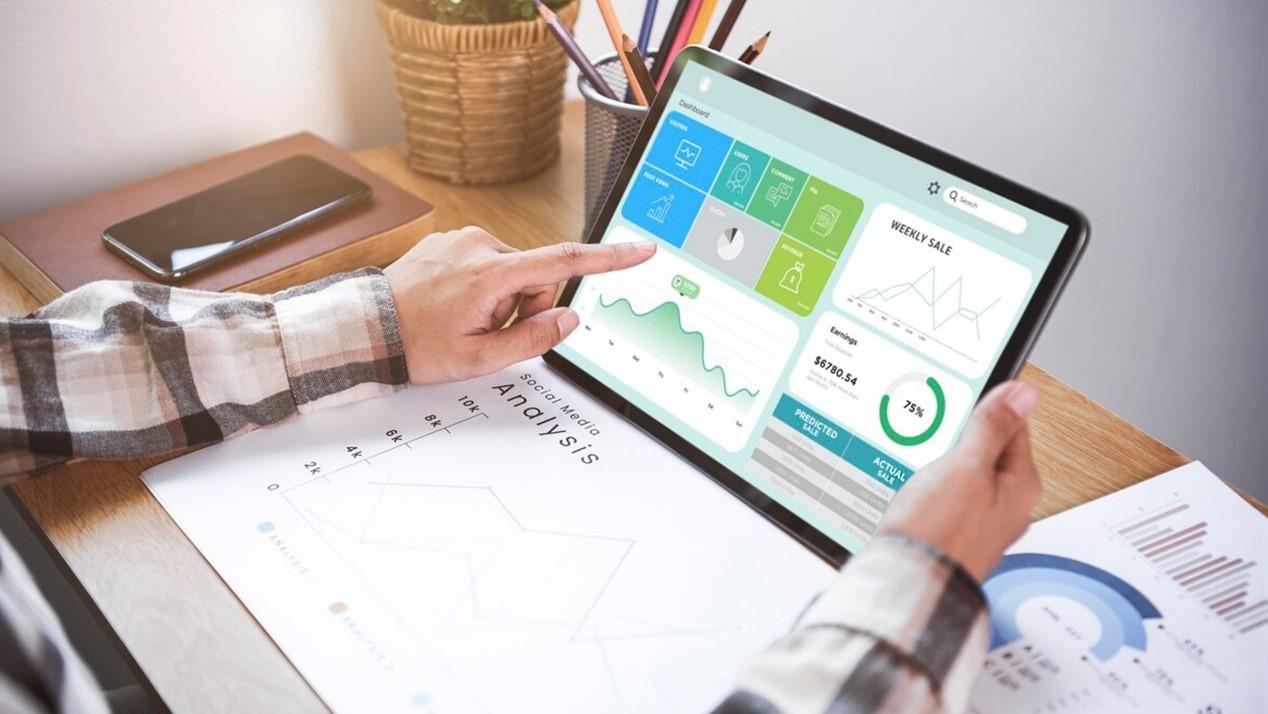
The Digital Doctor is In: AI and Telemedicine Redefine Healthcare
The healthcare industry is undergoing a seismic shift fueled by artificial intelligence (AI) and telemedicine.

Healthcare, of all the industries that have been profoundly transformed by the global pandemic’s effect, has arguably changed the most. As we move forward, it’s vital to keep an eye on the trends that will shape healthcare technology in 2022. Despite the fact that legacy systems and infrastructure are crucial to the success of modern hospitals, it’s important to explore how those systems can merge with newer technology or be replaced with more reliable solutions.
Let’s take a look at some of the tech advancements that are propelling the healthcare business toward digital transformation this year, as well as the technologies that have the power to reshape your company if it’s in the healthcare industry.
Telemedicine
Since the beginning of the pandemic, telehealth has come a long way. In 2022, health care experts will hold regular video conference meetings with patients online to address their concerns and offer advice. The infrastructure that allows this to happen has substantially improved. By 2026, the telehealth market is estimated to reach $185.6 billion.
In many instances, a better and more dedicated solution may be required that can adhere to legal privacy requirements. WebRTC is an open-source API-based system that enables the transmission of audio, video, and data and can be used if you need a dedicated telemedicine app. This is very useful for services like teleconferencing.
Artificial Intelligence
AI has been a great boon for increasing the speed with which information is processed, and decisions are made. Machine learning is particularly useful in the healthcare business for the development of novel drugs and the efficiency of diagnosis processes. Moreover, AI advancements aren’t limited to only physical health. Advancements made in machine learning can even track trends and mental health in relation to the COVID-19 pandemic.
IoT devices
The advancement of wearable technology is one of the most significant innovations in the healthcare industry. Wearables and Internet of Things (IoT) technologies’ potential has expanded dramatically as they have become more widespread. Many have coined the term “Internet of Medical Things” to describe this trend’s applicability in telemedicine and telehealth technology.
At the start of 2021, there were 11.3 billion IoT devices connected. From USD 26.5 billion in 2021 to USD 94.2 billion in 2026, the global IoT medical devices segment is expected to rise to USD 94.2 billion. Keeping this in mind, IoT cannot be overlooked as the healthcare business becomes increasingly connected through various technologies.
Augmented and Virtual Reality
In a variety of healthcare situations, augmented reality and mixed reality can be beneficial. Training and simulation are one of the most useful applications of virtual reality in healthcare that is now in use. Doctors can improve their abilities and prepare for procedures by creating virtual training scenarios. In some cases, virtual reality can be used to treat patients. The Virtual Reality Medical Center, for example, uses VR therapy to help people with phobias like fear of heights and PTSD.

The healthcare industry is undergoing a seismic shift fueled by artificial intelligence (AI) and telemedicine.

The healthcare and pharmaceutical sectors are navigating a transformative period, with technological advancements reshaping patient care, operational efficiencies, and strategic growth.

In the world of business, financial wizards wave their wands to conjure profits and success. But behind every great money magician …

Insurtech is not just making waves in the insurance industry—it’s rewriting the rulebook. As technology-driven startups disrupt …